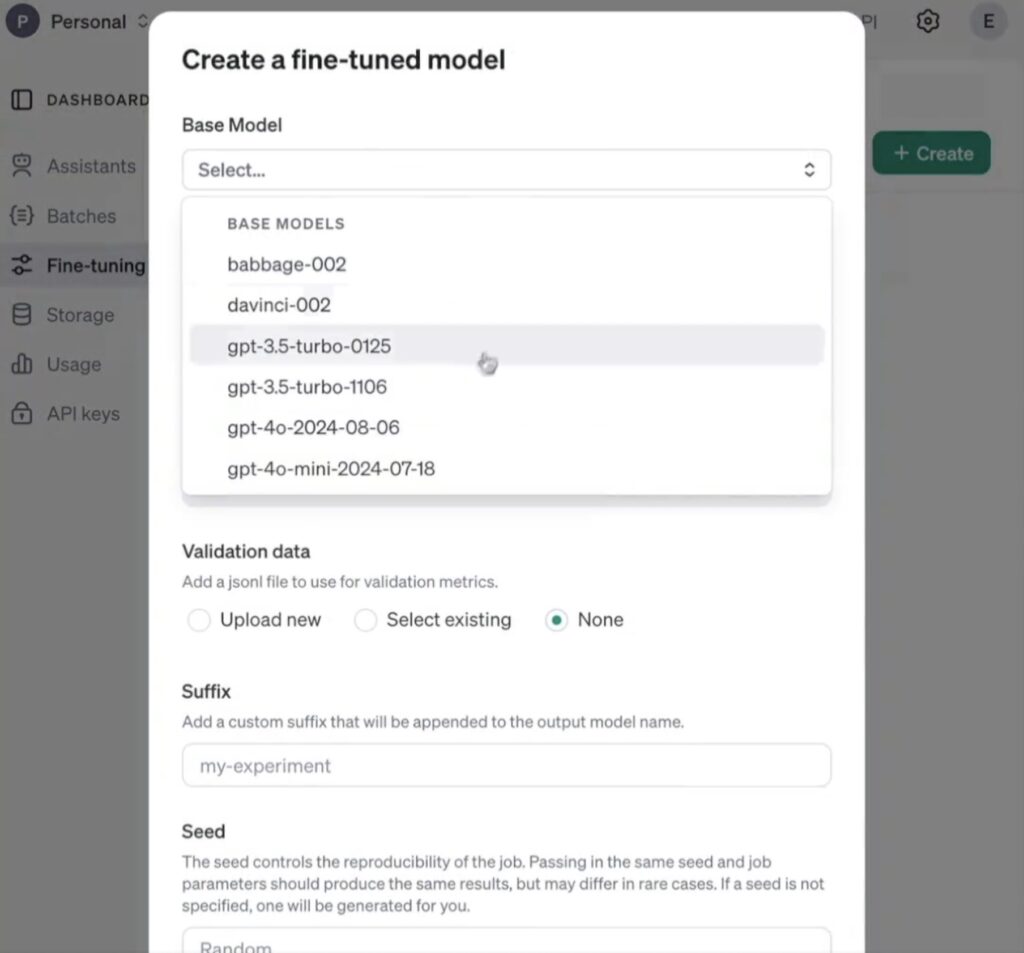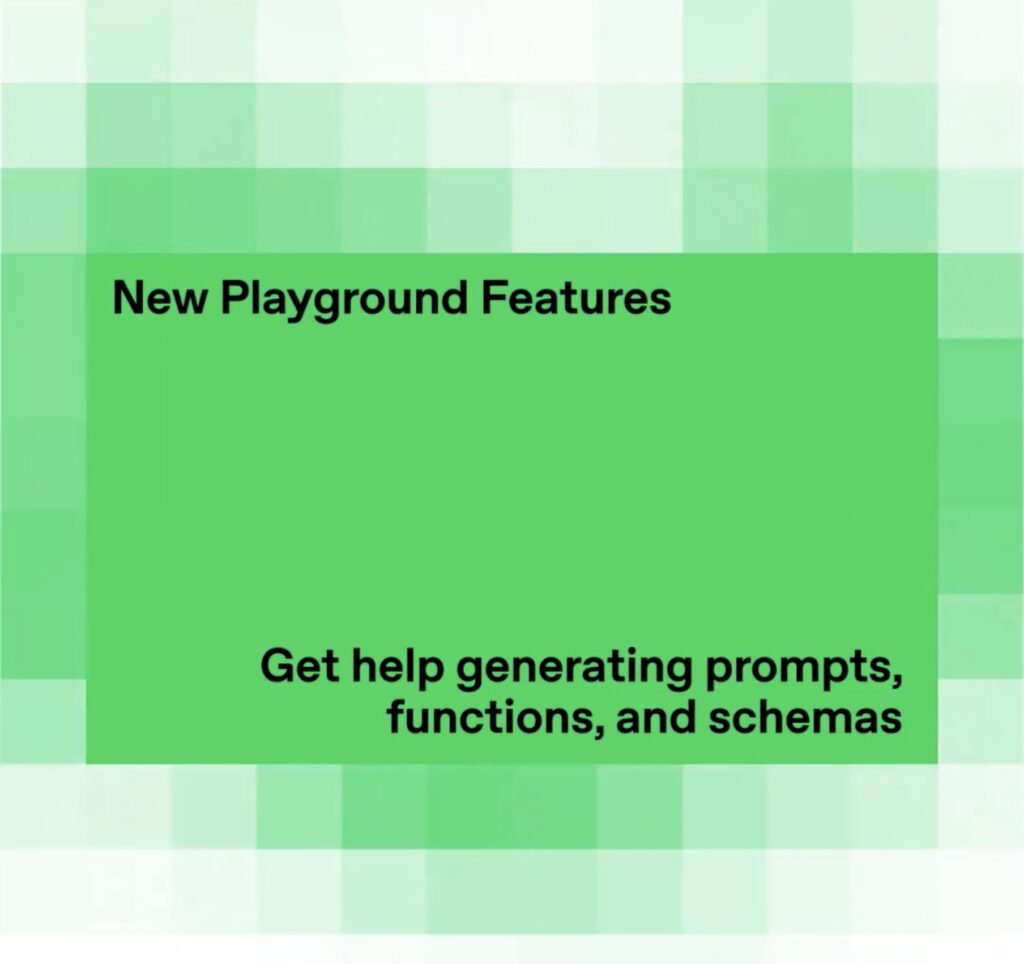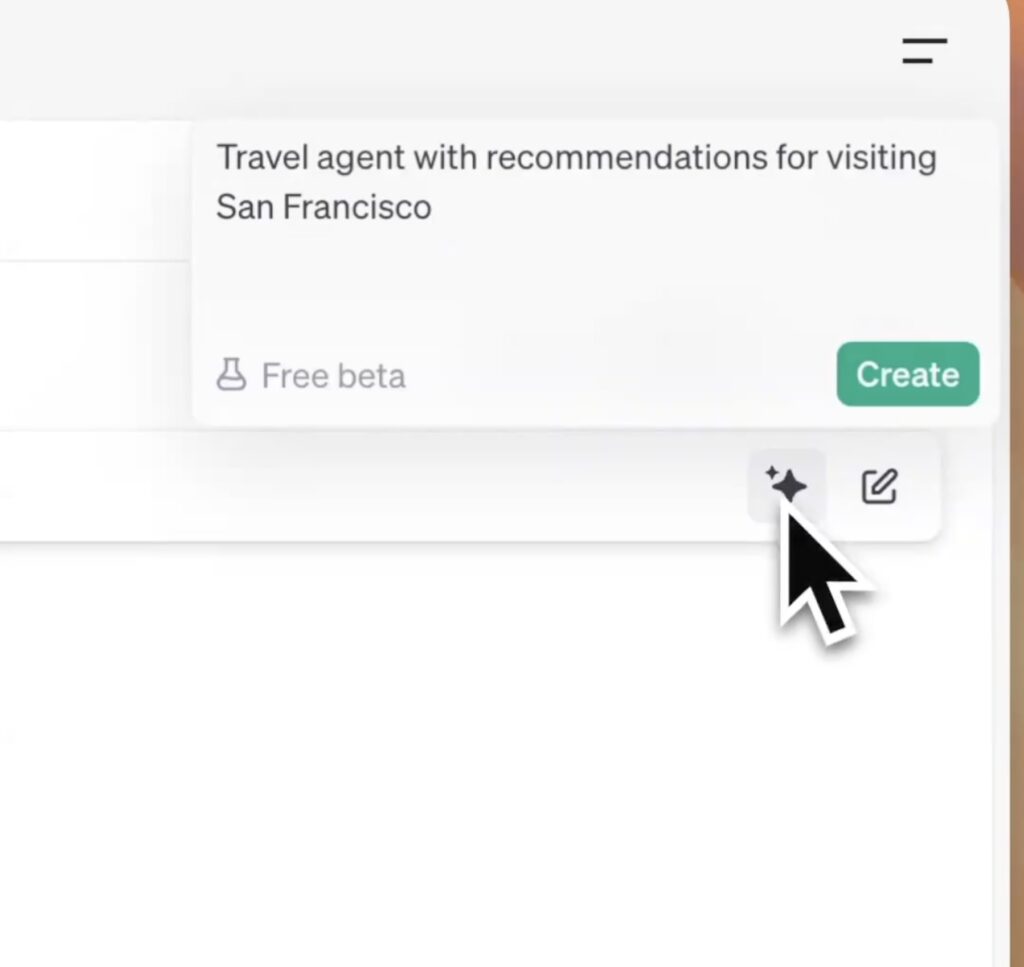Introducing Realtime API, Vision Fine-Tuning, and More Game-Changing Features
- Realtime API: This new feature enables developers to create low-latency, speech-to-speech experiences, facilitating more natural interactions in applications without the delays associated with traditional text processing.
- Enhanced Model Capabilities: With the introduction of Vision Fine-Tuning and Model Distillation, developers can now build smarter applications that leverage both text and images, making them suitable for advanced use cases like visual search and object detection.
- Cost-Effective Improvements: OpenAI is also offering free training tokens and reduced costs for the latest GPT-4o model, making it easier for developers to scale their projects without breaking the bank.
At DevDay SF, OpenAI showcased its commitment to pushing the boundaries of AI technology with several powerful updates that are sure to excite developers. Among the highlights is the new Realtime API, which enables developers to build low-latency, multimodal conversational experiences. This feature allows for native speech-to-speech interactions, eliminating the need for text intermediaries and resulting in more nuanced and engaging outputs. The API supports simultaneous text and audio input and output, making it a versatile tool for crafting rich user experiences.

The Realtime API is designed to streamline application development by facilitating faster interactions and reducing the complexity of integrating voice capabilities. With this tool, developers can implement realistic voices that can express tone, emotion, and inflection, enhancing the overall user experience. OpenAI has even provided a console demo application to help developers visualize and implement the flow of events in their integrations, making it easier to hit the ground running.

In addition to the Realtime API, OpenAI has introduced a Vision Fine-Tuning feature that allows developers to fine-tune the GPT-4o model with both text and images. This capability opens up exciting possibilities for applications in visual search, improved object detection for autonomous vehicles, and enhanced image analysis. By harnessing the power of multimodal inputs, developers can create applications that understand and respond to both text and visual data, a crucial advancement in the field of AI.

Another significant announcement is the introduction of Model Distillation, which simplifies the process of training smaller, cost-efficient models based on the intelligence of larger, more capable ones. This new workflow includes features like Stored Completions for generating datasets and Evals (in beta) for creating custom evaluations, allowing developers to streamline their model training processes. By making these capabilities available directly on the OpenAI platform, the company is empowering developers to create specialized models that meet specific needs.

To further support developers, OpenAI is offering 1 million free training tokens per day for GPT-4o and 2 million for GPT-4o mini through October 31. This initiative makes it more accessible for developers to experiment with fine-tuning models without incurring costs. Additionally, the recent update to the GPT-4o model reduces input and output token costs significantly, ensuring that developers can optimize their applications economically.

As OpenAI expands access to its new reasoning models, OpenAI o1-preview and o1-mini, the company is also increasing rate limits for higher usage tiers, enabling developers to work more efficiently. This commitment to scalability and user support is a clear indication of OpenAI’s dedication to fostering a vibrant developer community.
The announcements made at DevDay SF underscore OpenAI’s ongoing mission to enhance the developer experience and push the frontiers of AI technology. With the introduction of the Realtime API, Vision Fine-Tuning, and Model Distillation, developers now have access to a powerful suite of tools that enable them to create innovative applications that leverage both text and visual inputs. As the landscape of AI continues to evolve, these advancements pave the way for more interactive, efficient, and user-friendly applications, empowering developers to unlock their full creative potential.
